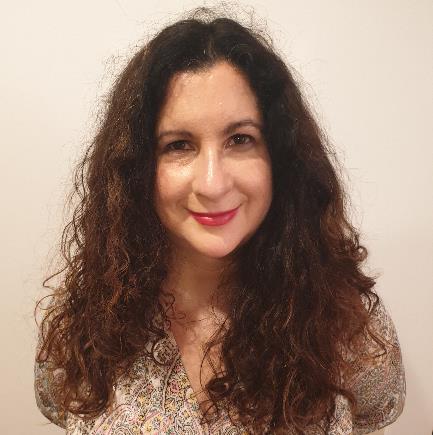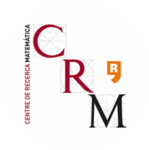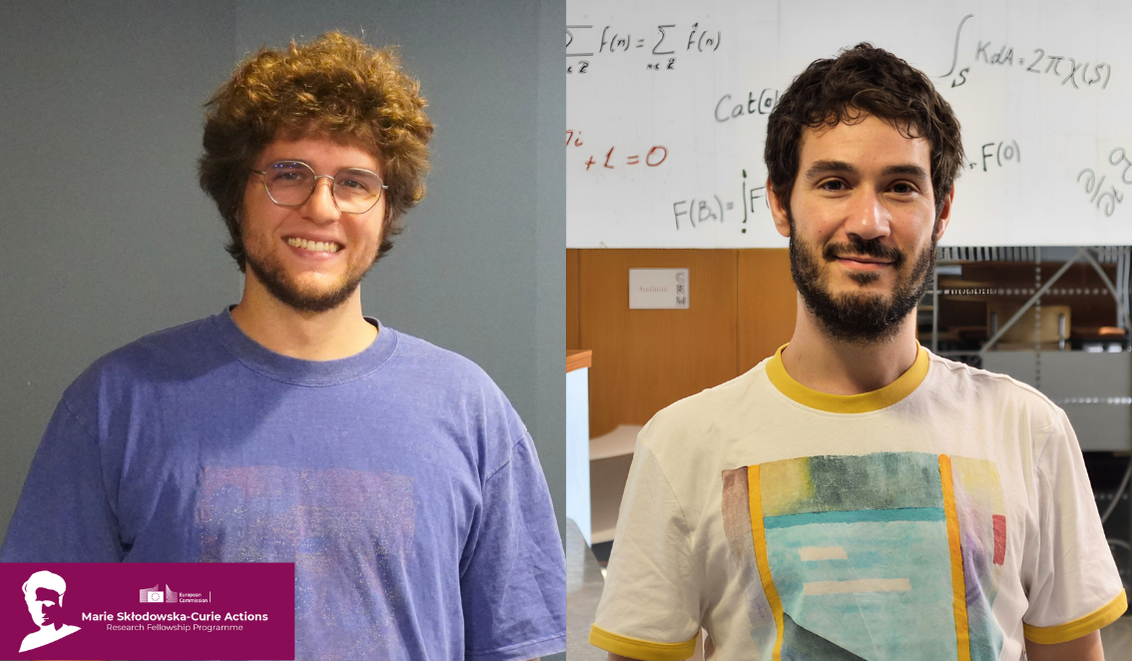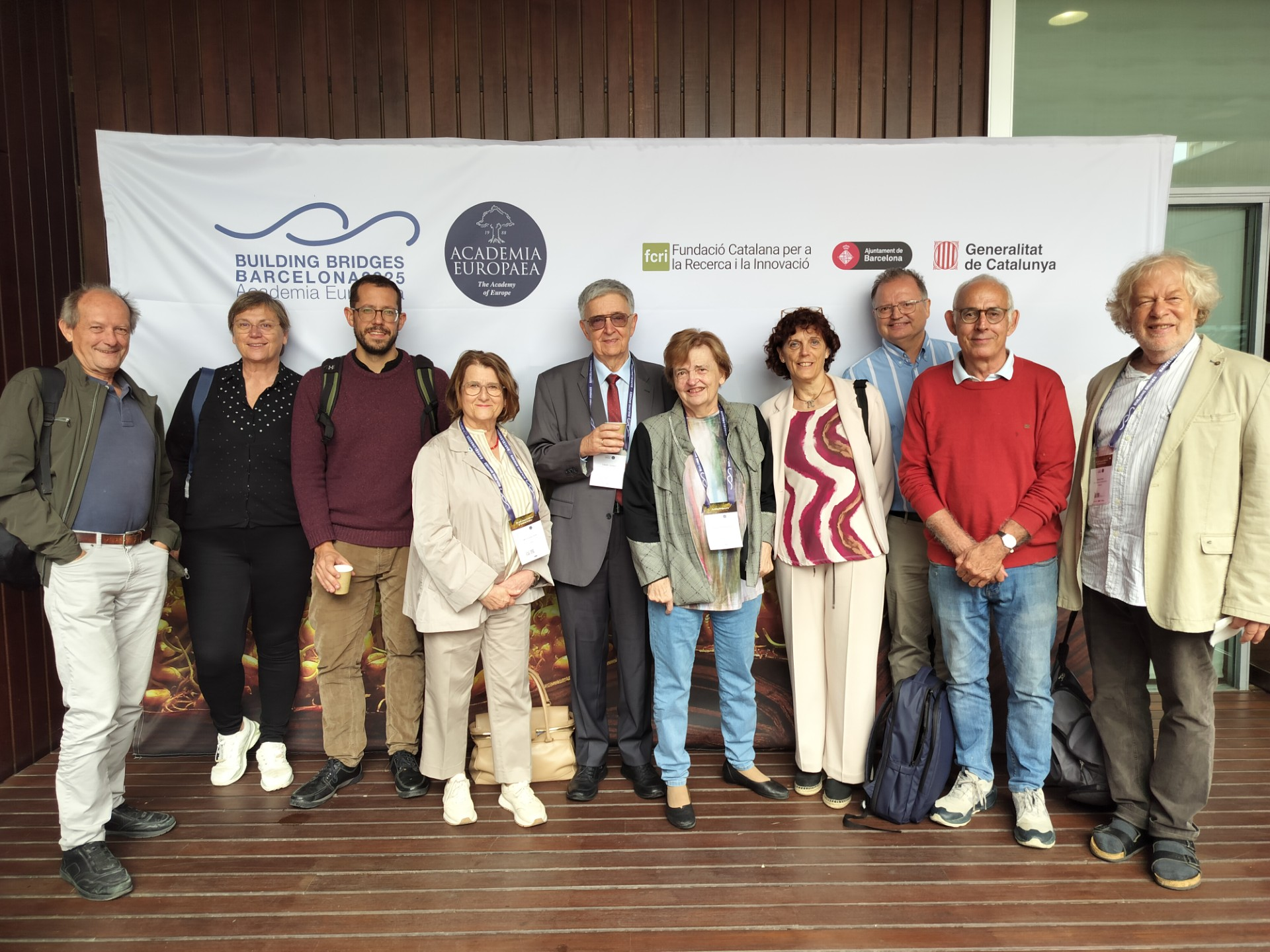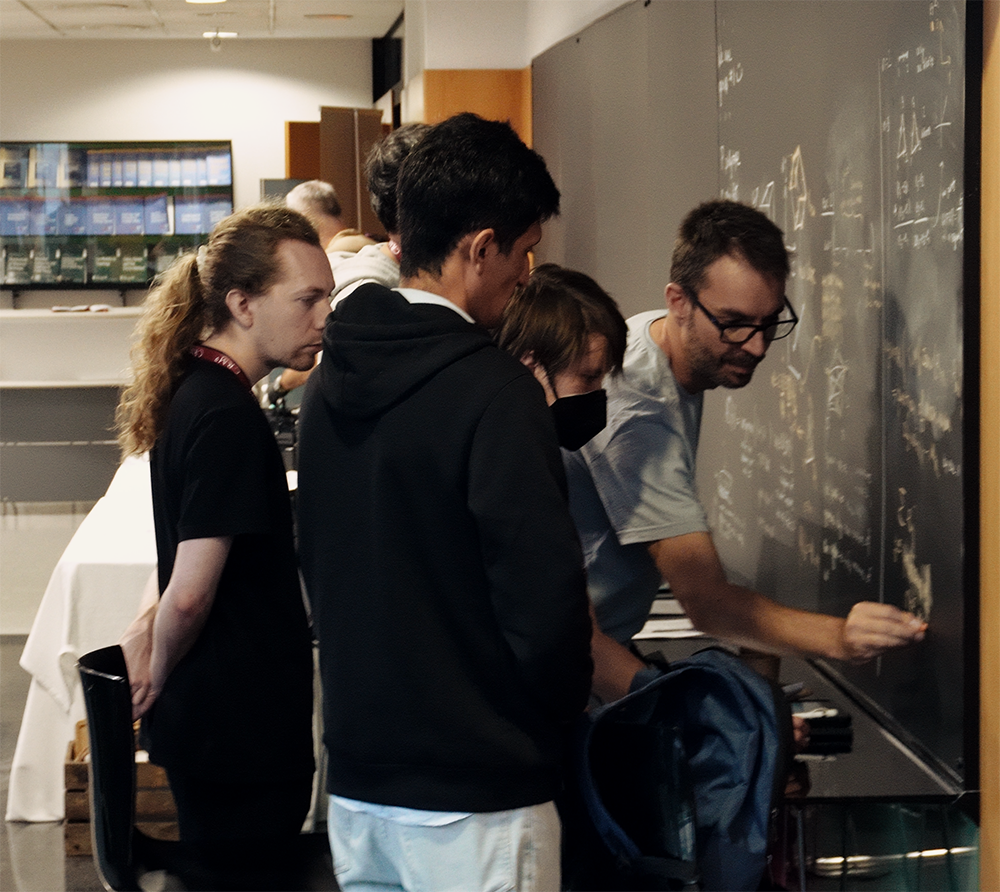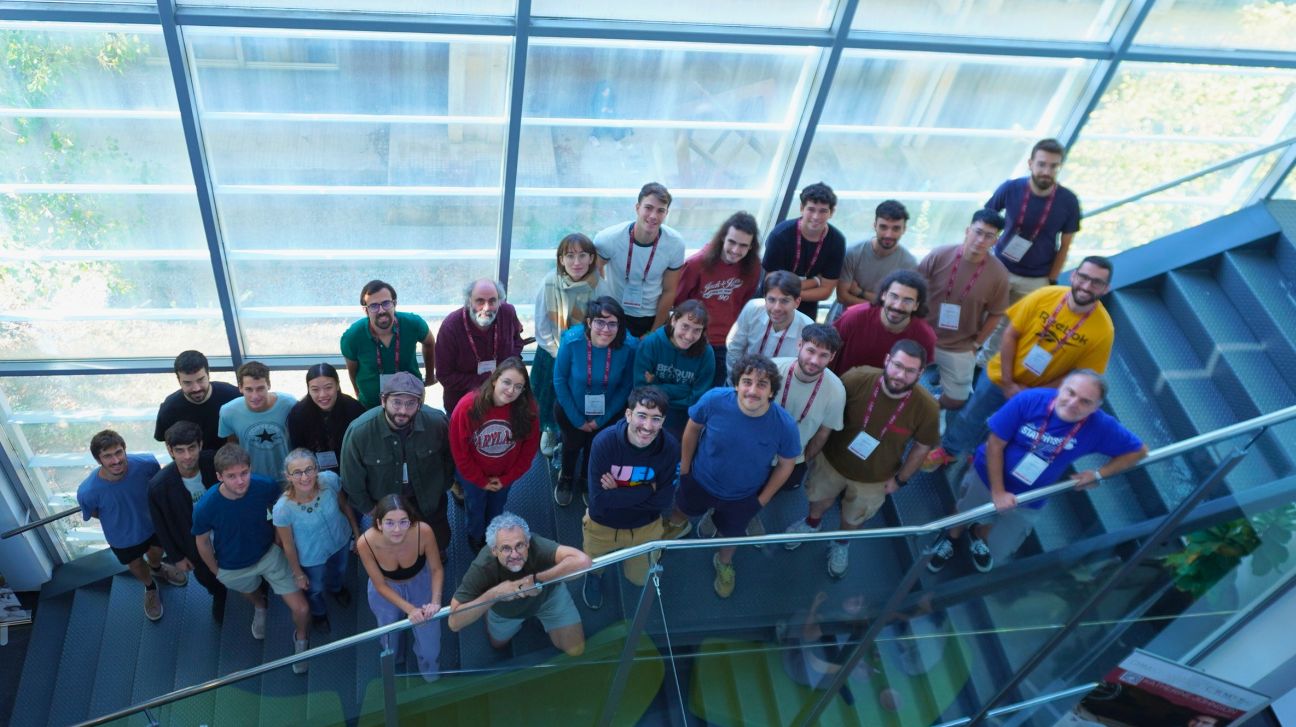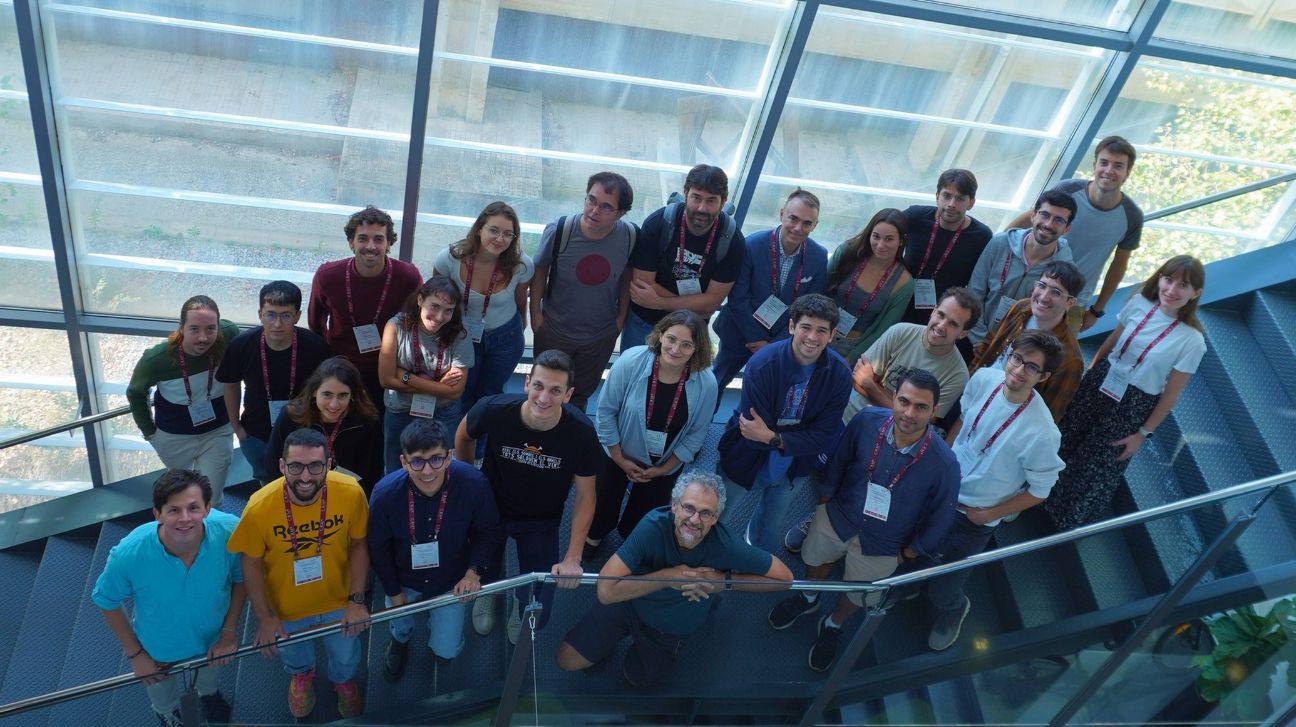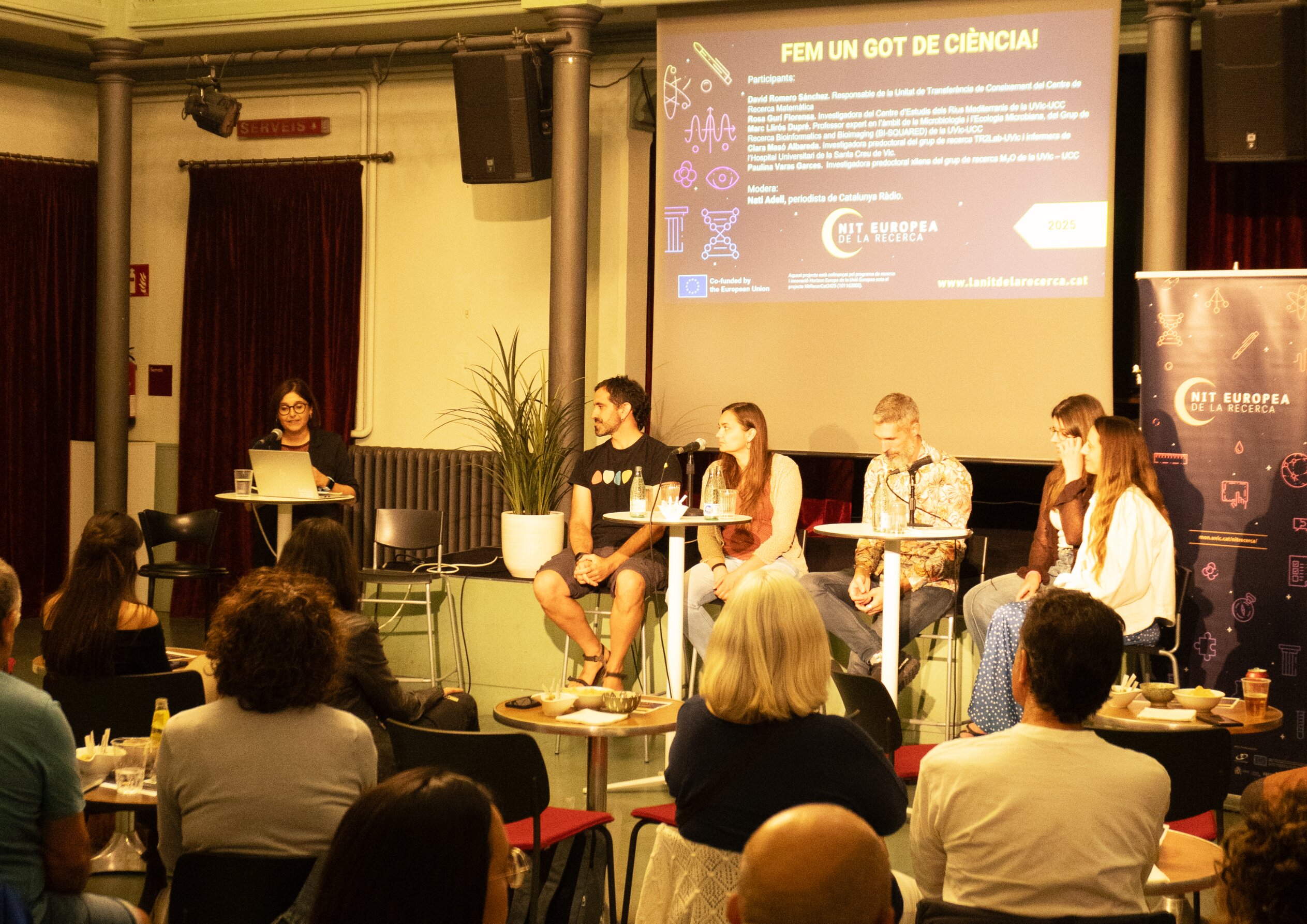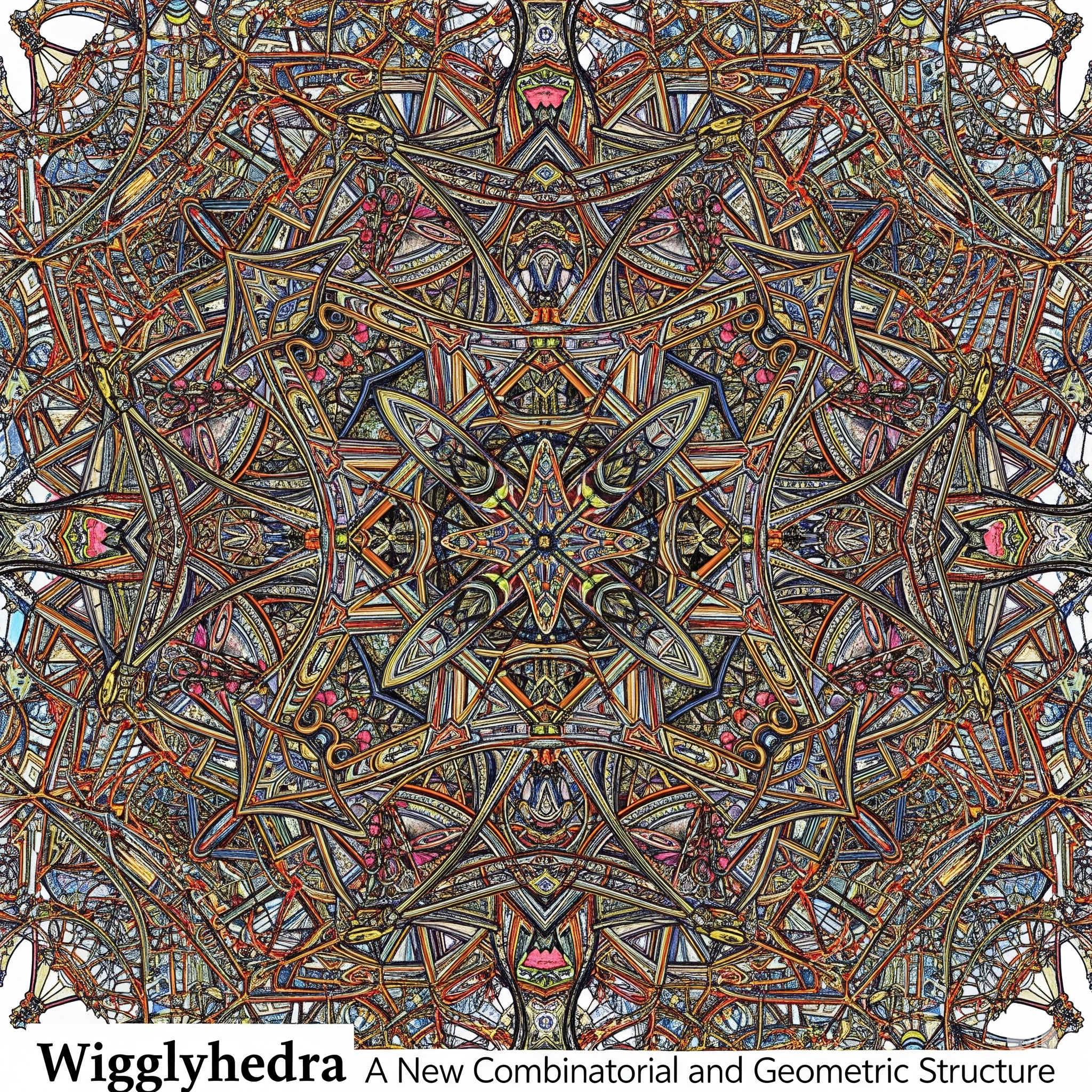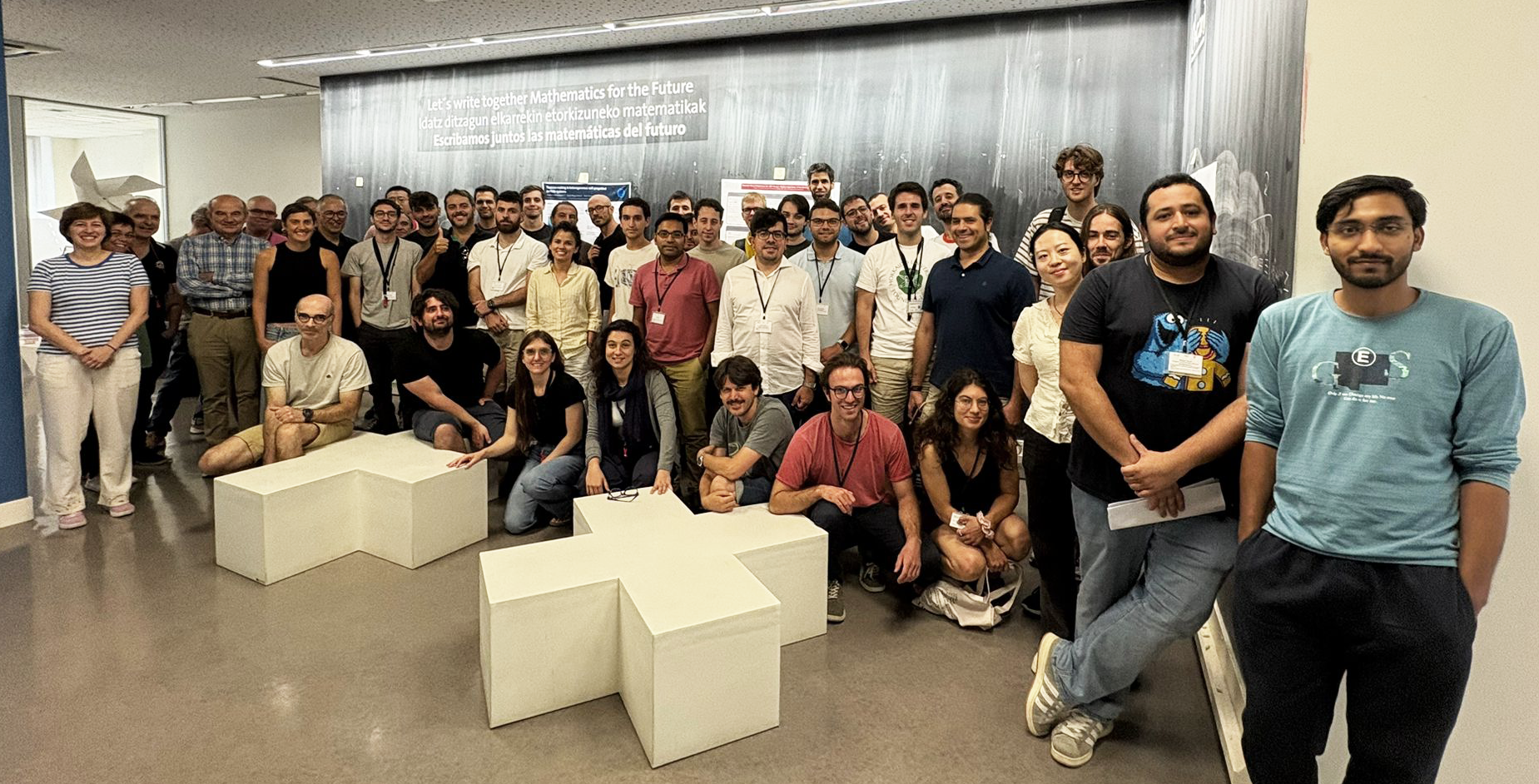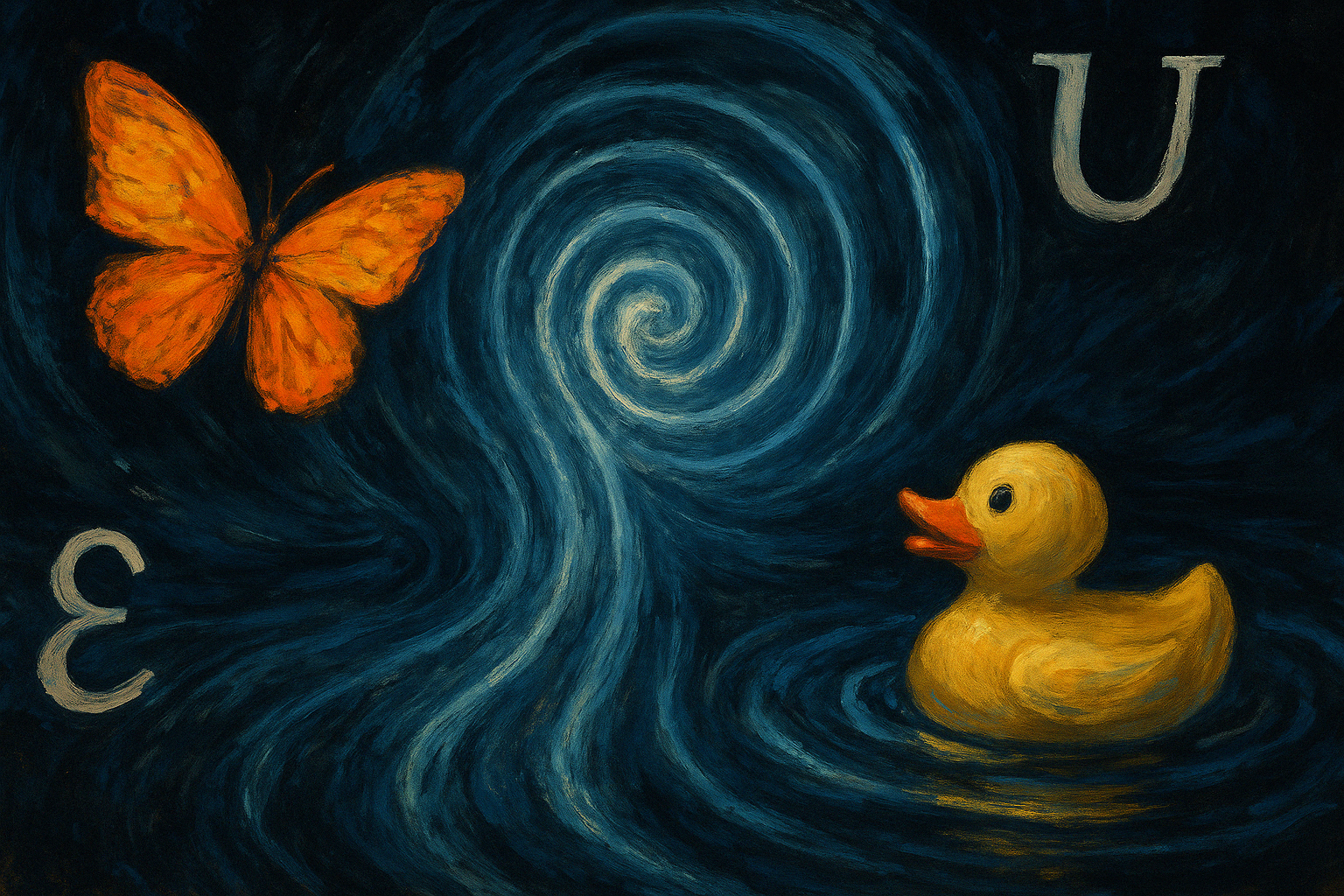
Eva Miranda, professor of mathematics at the Universitat Politècnica de Catalunya (UPC) and affiliated researcher at the Centre de Recerca Matemàtica (CRM), is one of the featured experts in an article by the international publication Quanta Magazine that explores one of the most profound questions in modern science: are there limits to what we can ever know about the physical world?
The article, titled Next-Level Chaos Traces the True Limit of Predictability and published on March 7th, examines how chaos theory, originally concerned with systems sensitive to initial conditions, is evolving into a more radical conceptual landscape: undecidability. If classical chaos already shattered our hopes of perfect prediction by showing that small differences in starting conditions can lead to wildly different outcomes, undecidability goes a step further. It does not stem from imprecision, but from the intrinsic structure of certain systems that defy computation entirely.
As Miranda explains, classical chaos is the realm of the butterfly and the hurricane, a world where evolution is deterministic but practically unpredictable. “It’s the dance of shadows,” she says, “a choreography of dynamical systems that elude our grasp not because they lack order, but because that order escapes us.” Undecidability, by contrast, emerges when a physical system (a fluid, a planetary orbit, a mechanical structure) is so rich that it can encode any computation, like a Turing machine. And when that happens, the halting problem enters the picture: no algorithm can determine whether the system will evolve in one way or another.
“Undecidability is something else entirely; colder, more philosophical, and perhaps more disquieting,” she adds. “It’s a closed door we may knock on forever without knowing if it will ever open.”
Within this context, Miranda and her collaborators, Robert Cardona, Daniel Peralta-Salas, and Francisco Presas, designed a theoretical fluid system that encodes the operations of a Turing machine. In this setup, a particle (symbolically represented by a rubber duck) follows a trajectory that simulates a computation. Predicting whether the duck reaches a certain area is equivalent to solving the halting problem, a provably unresolvable problem. This means that, in principle, even with perfect knowledge of the system’s initial state, no definitive prediction can be made.
“Some systems are so complex, so capable of encoding processes, that they simulate any computation,” Miranda explains. “And when that happens, we enter the realm of problems that are not difficult, but impossible.”
Beyond the sensitivity to initial conditions lies a deeper void. “Some systems contain, at their core, regions of mathematical silence,” she says. “It is precisely this silence, this space where even logic cannot advance, that fascinates us. As Emily Dickinson wrote: ‘The brain is wider than the sky.’ But even that brain, reaching out through conjectures, proofs, and intuitions, sometimes meets skies that will never be crossed. And perhaps it is in those limits that we truly begin to understand.”
This contribution is part of a broader intellectual shift, one that Quanta Magazine has chronicled in its Quanta Fundamentals series. In a related piece, How Chaos Theory Makes the Future Unpredictable (March 31, 2025), the magazine revisits the origins of chaos theory, from Edward Lorenz’s butterfly effect to more recent understandings of nonlinear dynamics in fields ranging from meteorology to orbital mechanics.
Miranda sees the growing presence of undecidability in physics not as a limitation, but as a transformation. “The 20th century already cracked some certainties with relativity and quantum mechanics,” she says. “But now the shift is subtler, more internal. It doesn’t come from the lab or the telescope, but from a change in perspective: we’re beginning to suspect that some questions don’t just lack answers, they lack meaning within our systems.”
She highlights that these logical boundaries, long familiar to mathematicians, are now surfacing in concrete physical contexts: “In celestial mechanics, fluid evolution, and Hamiltonian systems with symmetries, we are beginning to encounter questions that may be undecidable, not because we lack data, but because of the system’s internal structure.”
In this changing landscape, Miranda also underscores the importance of high-level science communication. “Magazines like Quanta are a necessary exception in the midst of all the noise,” she says. She believes such platforms bridge the artificial divide between science and culture: “They remind us that doing mathematics or physics is also a way of seeing the world, of listening to it, of translating it. Communicating it well doesn’t mean watering it down, it means sharing its essence.”
|
|
CRM CommPau Varela
|
Two CRM researchers begin their Marie Skłodowska-Curie fellowships
Gustavo Ferreira and Tássio Naia, CRM postdoctoral researchers and new Marie Skłodowska-Curie fellows. Gustavo Ferreira and Tássio Naia, who joined the CRM in 2023 through the María de Maeztu programme, have started their Marie Skłodowska-Curie postdoctoral...
Matroid Week at CRM: A Collaborative Dive into Combinatorial Geometries
From October 13 to 17, 2025, the CRM hosted Matroid Week, a research school on combinatorial geometries and matroid theory. Courses by Laura Anderson and Geoff Whittle explored intersection properties and structural emergence in matroids. The event fostered deep...
László Lovász receives the 2025 Erasmus Medal in Barcelona
Mathematician László Lovász received the 2025 Erasmus Medal from the Academia Europaea yesterday at the PRBB in Barcelona, where he delivered the lecture “The Beauty of Mathematics”. Renowned for his work in graph theory and discrete mathematics, Lovász has shaped...
Combinatorial Geometry Takes Shape at the CRM
For one week in early October, the Centre de Recerca Matemàtica became a meeting ground for the world of combinatorial geometry. The Polytope Week research school gathered more than fifty participants from three continents to study the interplay...
Learning the Language of Complexity: XIII GEFENOL Summer School Highlights
From October 6–10, 2025, the Centre de Recerca Matemàtica hosted the XIII GEFENOL-DIFENSC Summer School, bringing together young researchers and leading experts to explore the role of statistical physics in understanding complex systems. The program featured courses...
A Week Inside Complexity: The First CS3 Summer School at the CRM
The first CS³ Summer School on Complex Systems transformed the Centre de Recerca Matemàtica into a crossroads of ideas, where physicists, biologists, economists, and mathematicians explored how order and chaos intertwine across nature and society....
Jezabel Curbelo receives the 2025 National Research Award for Young Researchers in Mathematics and ICT
Full professor at the Universitat Politècnica de Catalunya and researcher at the Centre de Recerca Matemàtica, Jezabel Curbelo has been honored with the 2025 National Research Award for Young Researchers in the María Andresa Casamayor category (Mathematics and ICT)....
Tim Myers represents ECMI at the ICIAM Board Meeting and promotes industrial mathematics in Vietnam
ICIAM Board and VIASM Members during a breakVietnam hosted the ICIAM Board Meeting and Workshop this September at the Vietnam Institute for Advanced Study in Mathematics (VIASM), gathering 70 delegates from five continents. CRM researcher Tim Myers attended as the...
Why Your Brain Is Never Still: Representational Drift and Statistical Learning
A paper recently published in Current Opinion in Neurobiology by Jens-Bastian Eppler, Matthias Kaschube, and Simon Rumpel shows that...
El CRM porta les matemàtiques a la Nit Europea de la Recerca: de l’asfalt als fractals i al futbol
La Nit Europea de la Recerca va portar a Barcelona, l’Hospitalet i Vic tres investigadors del CRM que van mostrar la diversitat i la vitalitat de la recerca matemàtica. A la Casa Golferichs, Leticia Pardo (UB-CRM) va introduir el públic en el món dels fractals,...
Wigglyhedra: A New Combinatorial and Geometric Structure
In the article "Wigglyhedra", researchers Asilata Bapat (Australian National University) and Vincent Pilaud (Universitat de Barcelona – Centre de Recerca Matemàtica) introduce the wiggly complex, a novel combinatorial and geometric structure, along with its associated...
CRM at the Bilbao–Barcelona Analysis and PDE Meeting
From September 3 to 5, 2025, the Basque Center for Applied Mathematics (BCAM) hosted the Bilbao–Barcelona Analysis and PDE Meeting. For three days, researchers from both cities met face to face, joined by colleagues from other institutions, to...

